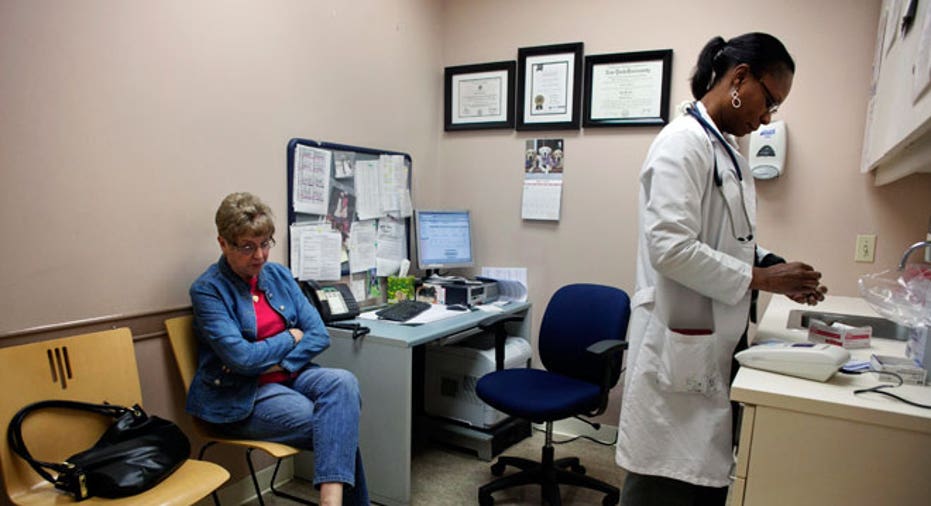Do You Really Need an Annual Physical?

The annual physical has become an enshrined institution in this country, no matter how much we dread it.
In the past, annual physicals were touted as a top way to stay healthy and provide a comprehensive health assessment to ward off any long-term illness. But now the medical profession has become divided on the value of these costly yearly checkups.
Family doctor Rick Madden says the exams builds trust between the patient and doctor. Critics say the exams are often too costly for patients and that the disparity of services covered in the visit and the often false positives from routine testing make the visits unproductive.
In a 2007 study published in the Archives of Internal Medicine, Dr. Ateev Mehrotra, an assistant professor at the University of Pittsburgh School of Medicine, found that most preventive services were provided at other visits, and only one in five preventive counseling services were provided in an annual exam.
The study also found the U.S. health system spent $7.8 billion in combined cost for the approximately 44.4 million U.S adults who received a yearly physical exam and the approximately 1.4 million women who received a preventive gynecological exam, and more than $350 million a year was spent for laboratory testing, including complete blood cell counts and urinalyses.
Experts say these tests do not necessarily improve patient outcomes and could be unnecessary—a viewpoint validated by a 2009 white paper by Robert Kelly tagging $250 billion to $325 billion a year in unnecessary U.S. medical care.
“While cholesterol testing, for example, is a great test, it is not necessarily beneficial every year for a person who is asymptomatic,” Mehrotra says. He adds that overtesting can lead to false positives that trigger costly tests that will ultimately lead to a “dead end.”
The tests themselves are not problematic, but their over-aggressive use is, he says.
Madden agrees, but says “there’s more value in less tests but so much more to the annual visit than testing.”
To help patients make a cost-effective and healthy decision, the U.S. Preventive Services Task Force makes evidence-based recommendations to help both clinicians and the public understand the efficacy of varied services performed during an annual physical, according to Dr. Albert Siu, vice co-chair.
The task force recently changed the age women should have a yearly mammogram, and yearly prostate specific antigen blood test (PSA) are no longer routinely recommended.
Some experts argue that annual physicals should be required of certain demographics.
“Even in a healthy population, the risk of things creeping up increase with age,” says Dr. Dan Spogen, chair of the department of family and community medicine at the University of Nevada. The 75-year-old needs a periodic Health Risk Assessment (HRA); in the healthy 25-year-old, it is unwarranted annually.
He recommends kids also get an annual doctor review because of their exposure to different environments and people as they grow, and childhood obesity is also on the rise.
Requiring an annual physical can also establish a better relationship with the patient and doctor.
“It gets to a level of personalized medicine tailored to patient findings,” says Mark Cesarano, managing consultant at Savitz organization. He says federal law does not require health insurance plans to pay for a physical every year, which makes it less of a priority for cash-strapped patients.
Dr. Andrew Bloschichak, HighMark’s senior medical director, claims that a sick visit does not provide adequate time to have meaningful conversation with the patient. “It’s the infamous hand-on-the-door when your patient asks about what he read in the morning paper about prostate testing.”
He also says Medicare patients should have yearly exams.
Creating cost-effective alternatives to an in-office annual exam could also work as a preventative measure. Things like like phone calls, email, social media are all free tools that can help keep patients healthier and help doctors follow up with patients.
“The question of the annual physical is a distracting debate,” says Siu. “What we need to talk about are the opportunities for prevention in the context of the office visit and how to best take advantage of those opportunities when they occur.”



















